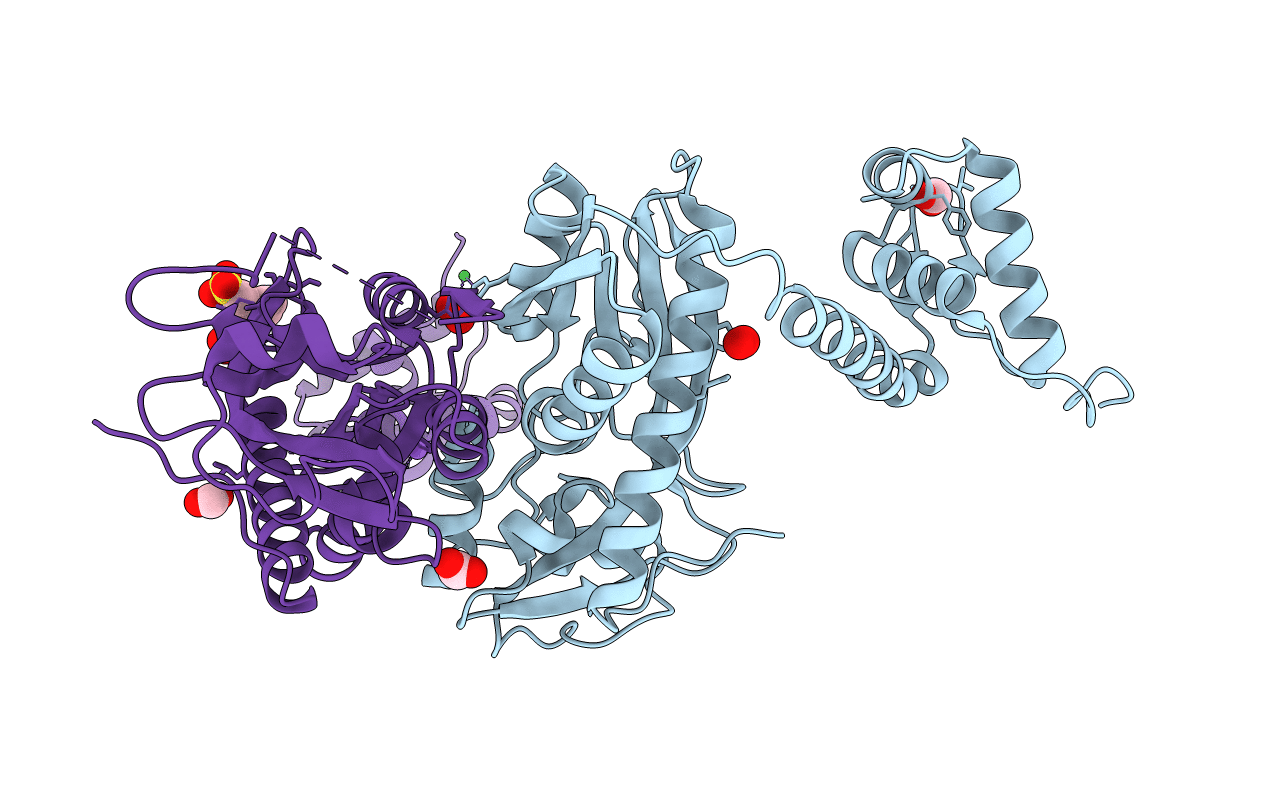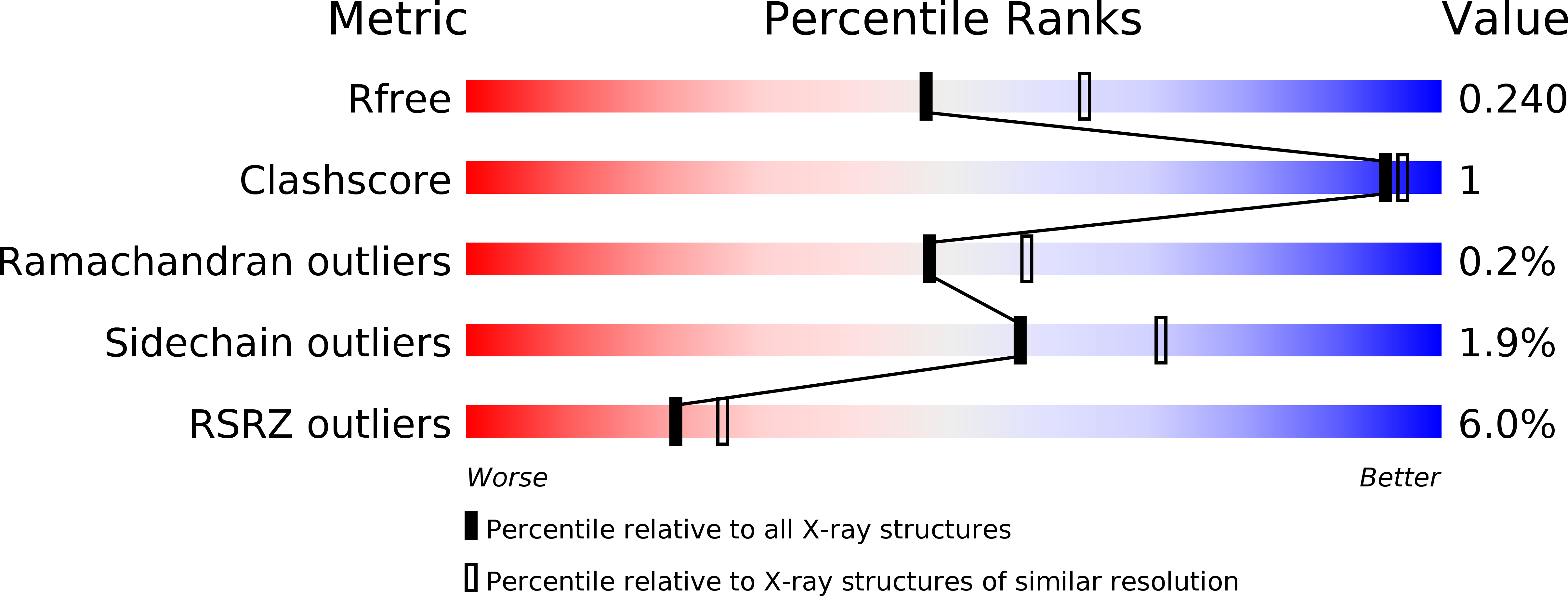
Deposition Date
2018-03-21
Release Date
2018-12-05
Last Version Date
2025-04-09
Entry Detail
Biological Source:
Source Organism:
Corynebacterium glutamicum (Taxon ID: 1718)
Host Organism:
Method Details:
Experimental Method:
Resolution:
2.28 Å
R-Value Free:
0.23
R-Value Work:
0.19
R-Value Observed:
0.19
Space Group:
C 1 2 1


